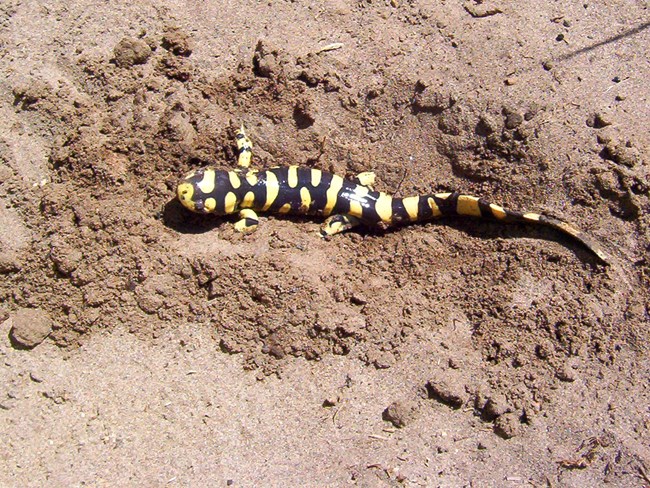Last updated: May 1, 2025
Article
Introduction to Amphibians of Great Sand Dunes

NPS/Patrick Myers
Keep your eye out for these other amphibians in the national park and preserve:
-Great Plains toad
-Chorus frog
-Spadefoot toad
-Woodhouse’s toad
-Northern leopard frog
The northern leopard frog is experiencing a decline in populations and is currently listed as a species of special concern by Colorado Parks and Wildlife.
Learn more about the amphibians of Great Sand Dunes.
